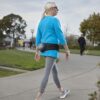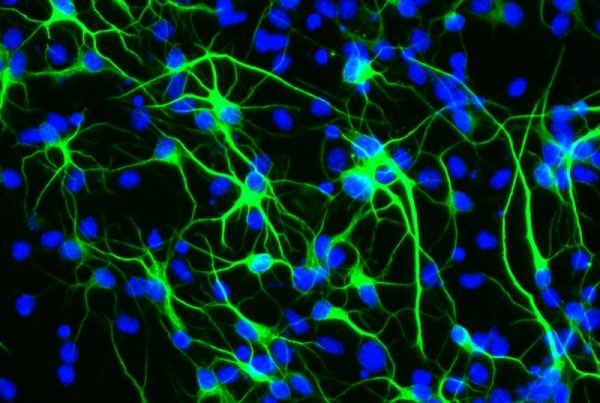Vitamin D awareness accelerated during the COVID-19 pandemic. Yet even today, there are millions of people unaware that they need to ensure they are getting enough vitamin D. This is especially true of those living in sunnier climates. Dr. Craige Golding explains who needs vitamin D the most.
Why Most of Us Still Need Vitamin D
Vitamin D is a nutrient the body needs, along with calcium, to build bones and keep them healthy. The body can absorb calcium only if it has enough vitamin D. Calcium is a major part of bones. Vitamin D also has many other uses in the body. It supports immune health and helps keep muscles and brain cells working.
1. Use of Sunscreen
Sunscreen blocks UVB rays necessary for vitamin D synthesis. However, occasional sun exposure without sunscreen can help maintain adequate vitamin D levels, provided it’s done safely and without increasing the risk of skin damage
Astaxanthin will help you safely spend time in the sun by preventing the UV-induced decrease in the expression of endogenous antioxidant enzymes such as superoxide dismutase and glutathione peroxidase.
This suggests that astaxanthin promotes endogenous anti-oxidative effects by reducing the UV-induced activation of ROS-producing enzymes.
2. Skin Pigmentation
Individuals with darker skin tones possess higher melanin levels, which absorb UVB radiation and reduce the skin’s ability to synthesize vitamin D. Consequently, they require more sun exposure to produce the same amount of vitamin D as those with lighter skin. This disparity contributes to higher deficiency rates among populations with darker skin
3. Cultural and Behavioral Factors
Cultural practices, such as wearing clothing that covers most of the body for religious or social reasons, significantly limit skin exposure to sunlight. Studies have shown that women in regions like Abu Dhabi, despite residing in sunny climates, often have lower vitamin D levels due to such practices
4. Urbanization and Air Pollution
Urban environments with high levels of air pollution can obstruct UVB rays, diminishing the skin’s ability to produce vitamin D. Additionally, living in densely populated areas often correlates with increased indoor activities, further reducing sun exposure.
5. Age-Related Factors
As individuals age, the skin’s ability to synthesize vitamin D decreases. Older adults spend most of their time indoors and may have dietary restrictions, both of which contribute to lower vitamin D levels.
6. Obesity
Higher body fat percentages can sequester vitamin D, making it less bioavailable. This sequestration leads to lower circulating levels of the vitamin, even in individuals with adequate sun exposure.
7. Geographic Location and Seasonal Variations
Individuals living at latitudes above 37°N or below 37°S experience insufficient sunlight during the winter months to produce adequate vitamin D. This seasonal variation is particularly evident in regions like the UK, where deficiency rates increase during the colder months.
8. Dietary Intake and Vitamin Absorption Issues
Vitamin D is naturally present in very few foods, and dietary intake typically falls short. Additionally, certain medical conditions like celiac disease, Crohn’s disease, and cystic fibrosis can impair the body’s ability to absorb vitamin D, leading to deficiency
9. Medications
Some medications, such as anticonvulsants and corticosteroids, can accelerate the metabolism of vitamin D, reducing its effectiveness and leading to lower serum levels.
How to get the most Vitamin D
Given these factors, individuals should consider the following to maintain adequate vitamin D levels:
- Moderate Sun Exposure: Aim for 10–30 minutes of midday sun exposure several times a week, depending on skin type and geographic location.
- Dietary Sources: Incorporate foods rich in vitamin D, such as fatty fish, fortified dairy products, and egg yolks.
- Supplements: For those at risk of deficiency, vitamin D supplements may be necessary. It’s advisable to consult with a healthcare provider before starting supplementation.
- Regular Testing: Monitor vitamin D levels through blood tests, especially for individuals in high-risk categories.
End note
Addressing vitamin D deficiency requires a multifaceted approach, considering individual lifestyle, geographic location, and health status. Most people need to understand and test their vitamin D levels.
References
The Protective Role of Astaxanthin for UV-Induced Skin Deterioration in Healthy People—A Randomized, Double-Blind, Placebo-Controlled Trial.
Naoki Ito1,*, Shinobu Seki1, Fumitaka Ueda
https://www.ncbi.nlm.nih.gov/pmc/articles/PMC6073124/
About the author




![women [longevity live]](https://longevitylive.com/wp-content/uploads/2020/01/photo-of-women-walking-down-the-street-1116984-100x100.jpg)










